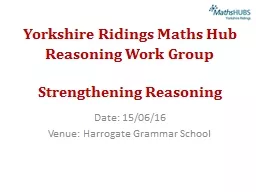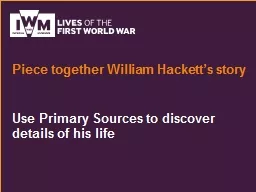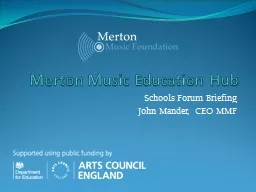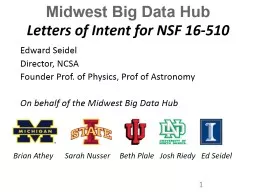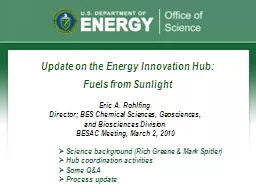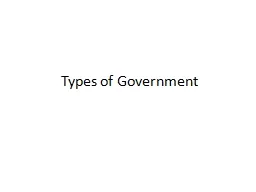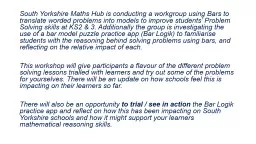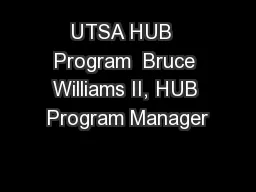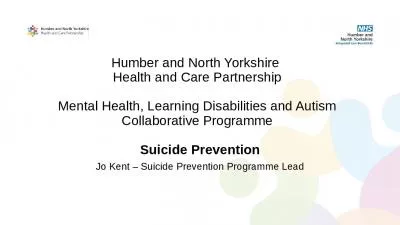PPT-Yorkshire Ridings Maths Hub
Author : myesha-ticknor | Published Date : 2017-08-30
Reasoning Work Group Strengthening Reasoning Date 150616 Venue Harrogate Grammar School Aims of session Recognise the importance of Reasoning in the new curriculum
Presentation Embed Code
Download Presentation
Download Presentation The PPT/PDF document "Yorkshire Ridings Maths Hub" is the property of its rightful owner. Permission is granted to download and print the materials on this website for personal, non-commercial use only, and to display it on your personal computer provided you do not modify the materials and that you retain all copyright notices contained in the materials. By downloading content from our website, you accept the terms of this agreement.
Yorkshire Ridings Maths Hub: Transcript
Download Rules Of Document
"Yorkshire Ridings Maths Hub"The content belongs to its owner. You may download and print it for personal use, without modification, and keep all copyright notices. By downloading, you agree to these terms.
Related Documents

